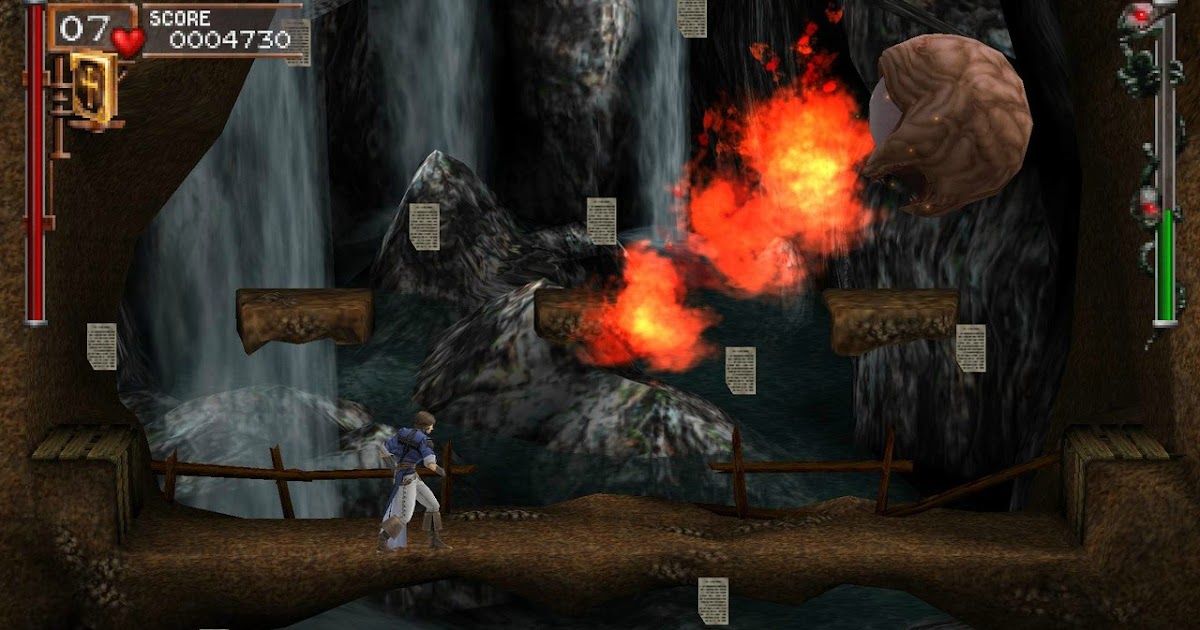


Despite the 3D treatment, the visuals have much of the character of the old-school, sprite-based Castlevanias, and it’s only in the silky smooth animation, some lovely background details in the environments and – most of all – the cut-scenes and boss battles that you see a huge improvement. In this case, the results aren’t quite as immediately spectacular. Most sensible people call this approach 2.5D. The centrepiece of The Dracula X Chronicles is essentially a remake of this game, with the action still played in old-fashioned 2D, but – like last year’s Ultimate Ghosts ‘n’ Goblins – portrayed in new-fangled 3D. While elements of the game were bastardised for an eventual SNES release, the game was never released in the West, and as a result it has developed a legendary status.
Castlevania dracula x chronicles psp cso s Pc#
Between the SNES Castlevanias and Symphony of Night, Konami released a PC Engine exclusive Castlevania known as Dracula X: Rondo of Blood. The series’ first outing on PSP, however, is something different.

In recent years, Castlevania has retreated to the handheld formats, where 2D games are still respected and where the likes of Aria of Sorrow on the GBA and Dawn of Sorrow on the DS have been able to keep the name alive. Attempts on the Nintendo 64 were barely playable, while a decent stab on the PS2 – Lament of Innocence – failed to capture the imagination in a world where Devil May Cry now reigned supreme.
Castlevania dracula x chronicles psp cso s series#
The legendary 2D platform/vampire-slaying series peaked in popularity during the SNES era, then managed a wonderful comeback with Symphony of Night on the original PlayStation, yet it never made the successful 3D transition that could have put it back in the public eye. Despite being one of the longest-running game series, Castlevania hasn’t been able to maintain the presence of other 8-bit contemporaries like Mario, Ninja Gaiden, Metroid, Sonic or Zelda.


 0 kommentar(er)
0 kommentar(er)
